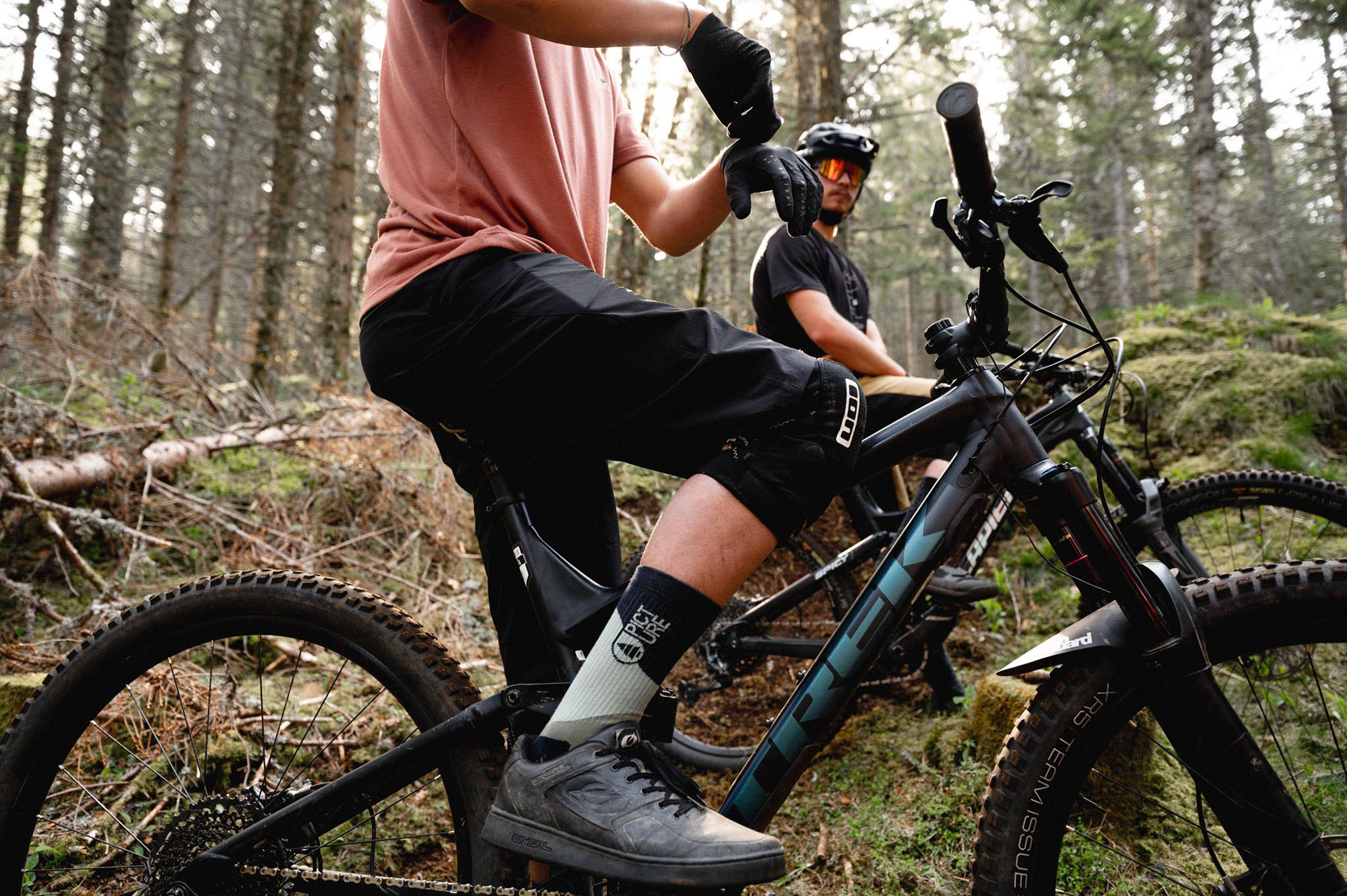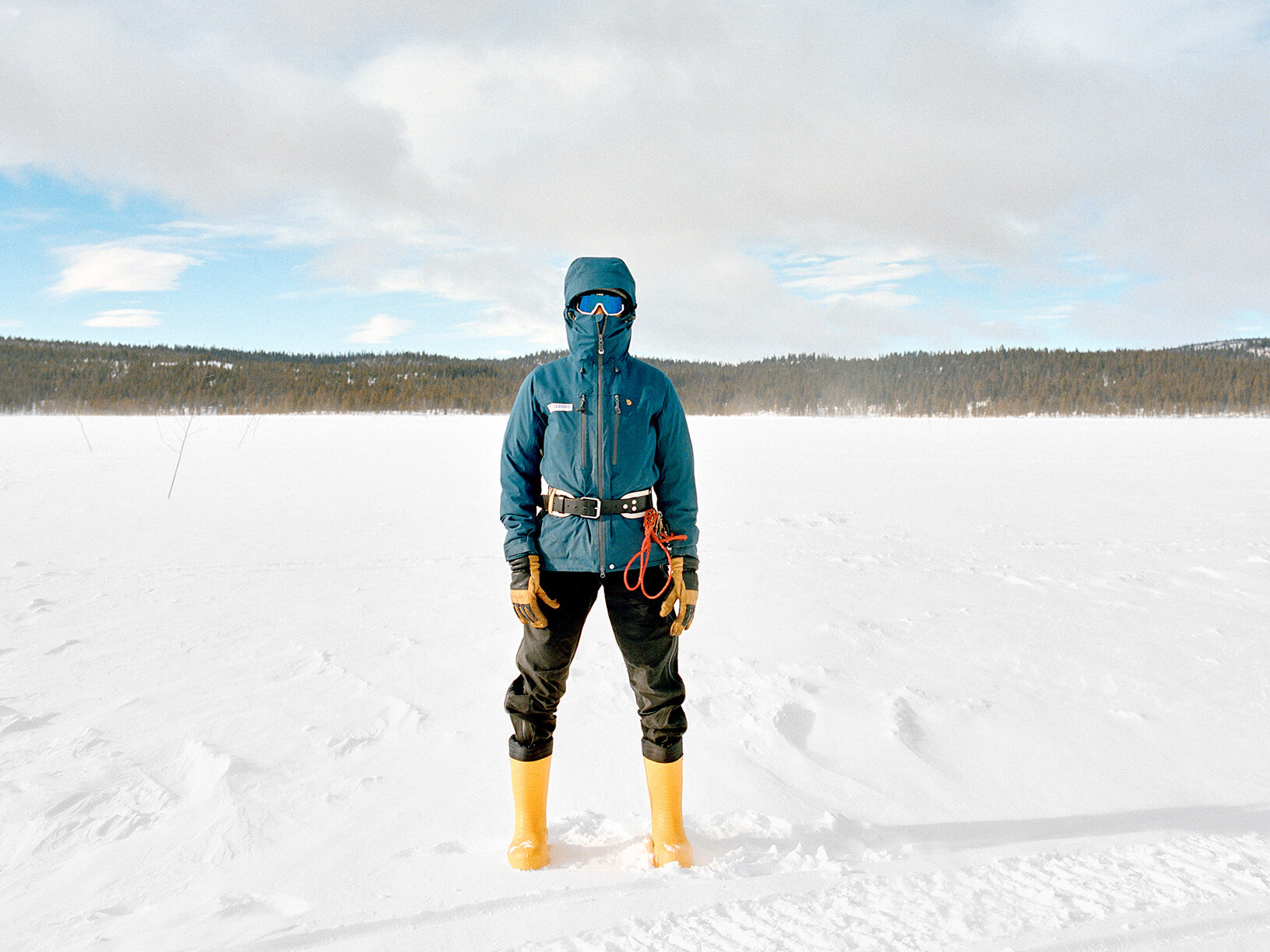
Picture’s Circular Program
Nothing is lost, nothing is created, everything is transformed

From recycled outerwear to organic streetwear to naturally sourced shells, Picture has always been known for its commitment and innovation policy toward sustainable products. But there’s more: other processes such as upcycling, waste prevention campaigns, PFC phase-out, or the rental service and lifetime repair guarantee are among other initiatives driving the brand toward circularity.
For SS23, all of Picture’s technical garments will be part of the Circular Program, meaning they will be made from fabrics that use existing waste in the textile industry. The Circular Program fits perfectly with Picture’s commitment as a brand: to become less polluting and more sustainable. There are several points of improvement, but 3 themes clearly stand out:
1. Produce and consume less
2. Transition from electricity from coal and gas for spinning, weaving and dyeing stages
3. Move away from petroleum-based materials.
Speaking of oil, we must first remember that to keep the temperature below +1.5°C we would have to leave nearly 60 percent of oil reserves (which are in finite quantities) underground. At constant production and according to known reserves, there would still be about 50 years of oil left. The more oil we extract, the more we depend on it and the greater the consequences.
Polyester is by far the most processed material in the textile industry, accounting for 55 percent of total production volume, followed by cotton (25 percent) and then other synthetic or cellulosic fibers (polyamide, acrylic, wool, etc.). Global polyester production doubled between 2000 and 2020, which raises many questions. In its conventional version, in fact, polyester is derived directly from petroleum.
Fortunately, there are other ways to produce it, such as recycling PET plastic bottles or using bio-polyester partially derived from sugar after refining and fermentation. Picture has been using the latter method for some years for its technical garments, but is now replacing it with an alternative that seems more satisfactory: “circular” polyester, partly derived from used clothing. Why this change?


Bio-polyester is an interesting solution but has too many limitations to continue to be used: the sugar used is a “waste product,” a by-product of sugarcane production. It is obvious that this supply will become insufficient if all brands one day decide to start using it. It could also pose the risk of land use conflict and that of deforestation. In addition, the direct dependence on petroleum is still quite strong since only 30 percent of the chemical formula of bio-polyester is derived from sugar. This means that there is only the monoethylene glycol that Picture was able to obtain from biological sources. Calculations, using Quantis, of the carbon intensity per 1kg of polyester pellets showed little difference between conventional and bio-based polyester. Last but not least, the price of this fiber was and still is high. For all these reasons, Picture stopped using bio-based polyester and decided to switch to “circular” polyester.
To make it, it is necessary to collect and recycle used clothing, from different brands, made from 100 percent polyester. Fabric scraps that occur during the manufacturing process are also mobilized to create a significant stock. Thus, the average composition of a circular fiber is: 60 percent fabric scraps/40 percent used clothing. These two sources are located in China, where the recycling technology company Jiaren is operating. The polyester is depolymerized back to molecular level, thus without any impurities. This allows for fiber separation: monoethylene glycol on one side and terephthalic acid on the other. These are the 2 original polyester components. Then repolymerization takes place to obtain polyester granules. After these stages, the Picture supply chain (spinning, weaving, dyeing, assembly) with its usual partners takes over.
In the end, the quality is the same as conventional polyester: in fact, polyester granules, whether conventional, recycled or circular, are chemically identical. In terms of quality and durability, it all depends on the following steps: spinning, weaving, dyeing, assembling, choice of water-repellent treatment, membrane, etc. As for Picture, its quality standards are the same as before. The same applies to the reparability aspect.
This program is totally related to Picture’s new MTB collection, as the materials used are derived from textile industry waste, which is the core of the Circular Program. The Bikewear Line is a collection of technical clothing dedicated to mountain biking. Made for responsible adventurers who want to draw their own lines as they move through the mountains. A new offering suitable for the enthusiast community that carries on the motto “Ride, Protect & Share” year-round.



